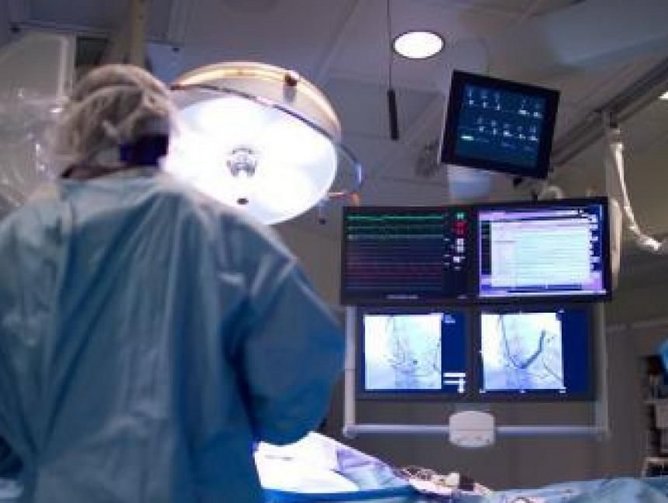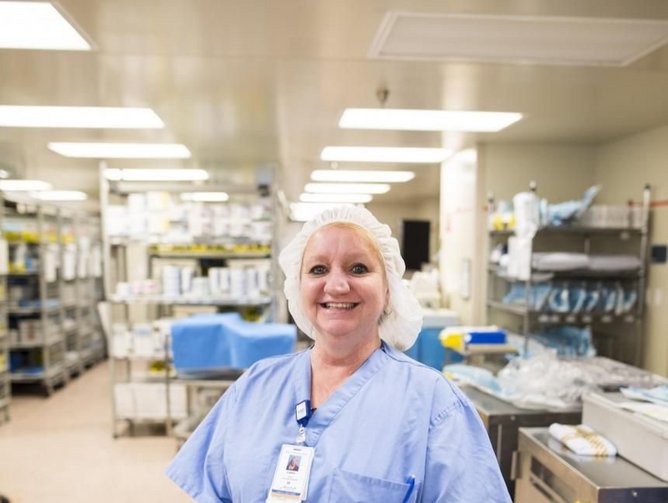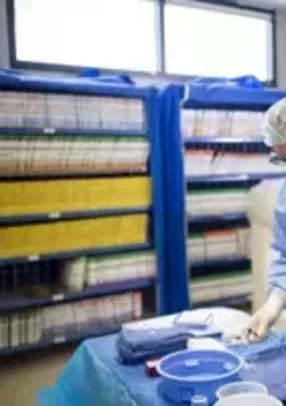An inside look at Steward Health Care’s digital transformation journey
As the largest private, tax paying, physician-led healthcare network in the US, Steward Health Care boasts an extensive portfolio of 38 hospitals in the US and Malta. Having experienced a significant transformation in its offering over the past few years, the hospital prioritises the importance of first-class care to its patients. With procurement becoming increasingly influential to the way Steward Health Care operates, the firm created a shared services model which evaluates how the facilities are acquired. Michael Prokopis, Vice President of Supply Chain at Steward Health Care, discusses his company’s journey to transform its supply chain. “In shared services model, we have a number of different teams all working together,” he says. “We have a contracting department as well as a data team that helps us to understand the value metrics as well as reporting out to the facilities and observing how they’re doing on the KPIs. We have a procurement group which processes requisitions and turns them into purchase orders. We also have a value analysis wrapper, which allows us to evaluate from a clinical perspective how every single product that we introduce into the supply chain and deliver to our clinicians helps us decide whether it's better than something we're already using.”
Having taken steps to embrace digitalisation over the past couple of years, Steward Health Care is currently operating two ERPs and is well underway in its digital transformation journey. “We're on a digital path,” affirms Prokopis. “We know we’ve got to get to one enterprise resource planning capability, and we're in the process of undergoing that transformation now. What’s critically important from there is how you take that information and begin to use it, in order to get better consumption information at the point of care and understand what your inventory positions are. We’re also creating a mission control capability that will allow us to predict our ability to deliver care in advance. It’s not enough that we schedule a patient for an operating room procedure two or three weeks out. We also then have to understand what the nature of supply is and we can get the supply at the point of care when we need it.”
With a determination to lead the field and remain innovative in the healthcare sector, Steward Health Care remains agile as it responds to the latest trends in the supply chain space. “The back orders are always a problem. We have to ask ourselves how we make sure, with the highest level of prediction, we can deliver the things that we're promising to our customers,” says Prokopis. “It's really about deciding how we can predict the back order by watching and monitoring. You have to ask yourself what you are going to do about it, and how you can do it in advance in order to counter the problem from happening.” Prokopis believes what really differentiates Steward Health Care from its rivals is value analysis. “If you look at other hospital organisations, they have a grassroots approach where there might be a value analysis team that supports every hospital,” he explains. “Most will also have an executive steering committee, what makes ours different is that we also have a product category team serving as the inflection point to understand what's happening in the facilities and generate lots of grassroot ideas that are evaluated and monitored for broad standardization across our nine-state footprint.”
Due to the firm’s significant transformation over the past two years which has seen the number of Steward Health Care hospitals dramatically increase from 10 to 38, the company considers innovation a key pillar to its future growth and pivotal to success. “We fundamentally believe innovation is the core,” explains Prokopis. “Due to the way we’ve expanded, we're moving at the speed of light. I like to joke that we're a car moving down the road at 100mph and we're not only changing the tires, but we're also going to swap out the engine and the transmission at the same time. We have to do things differently in order to find those value pockets and continue to drive towards quality of care. It's not just about consolidating standards or bulk buys. We're constantly pushing ourselves to see if there's a way for us to improve, reimagine and rethink the way that we’re working in our hospitals, and most importantly, delivering care for our patients.”
Operating with a firm customer-centric approach, Prokopis is constantly evaluating how his firm can become more sustainable and drive more value for patients. “One of the things that we say is that every dollar we save in the supply chain is not a dollar that rolls to the bottom line – it’s actually a dollar that we can now reinvest into our care,” he says. “There's a long list of things to buy and do and renew to stay on the cutting edge. I tell my team all the time that our fiduciary responsibility as a supply chain is that we’re a services organisation. We have service level agreements that we have to not only achieve but exceed! I come from a different mindset than traditional healthcare and provide an outside perspective on what I think a supply chain should look like. I tell my boss all the time that we don't need to reinvent the supply chain…we just need to correctly implement. It’s important to pick strategic partners with whom you go through the process of demand planning up to five years in advance and you’re sharing information so that both of you can improve the supply chain; that is what happens in other industries with just as much unpredictability.”
With the importance of establishing and maintaining successful partnerships vital to all businesses’ success, Steward Health Care utilises a variety of tools to help analyse a range of different data in order to predict patient volume to allow staff to be treated accordingly. Prokopis explains what he looks for when seeking to formulate a successful strategic relationship. “At the end of the day, a good partner is the one that says, ‘If we do this or if we try that, we have the opportunity to move this KPI or metric’. We're always looking for ‘strategic’ partners; we hope someone’s going to come to us and say, ‘Here's some ideas that we haven't implemented or maybe you haven't contemplated. Let's see if we can figure out how to do this together’. Those are the kinds of things that are extremely important to do. To me, a partner is someone who really wants to work with you, that generates new ways of doing things and thinks outside the box to see if we can approach the problem from a different perspective.”
Looking to the future, Prokopis has a clear vision of how his company can continue to grow over the next few years. He believes the key to future success is to constantly monitor the supply chain. “We’ve just opened two facilities in April. One was an acquisition and the other was a facility that had been shut down that we reopened the doors for,” he notes. “At the end of the day, you take the supply chain that you’re developing and look for an opportunity to firstly convert a hospital that was doing things differently, and secondly provide an opportunity where you're literally starting from scratch. You have to ask yourself how you make sure that when the first patient walks in the door, they're going to get exactly what they need in the time that they need it in. That’s the key.”





